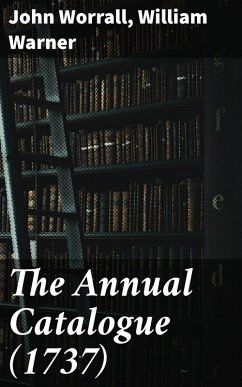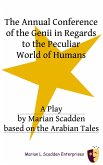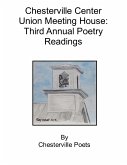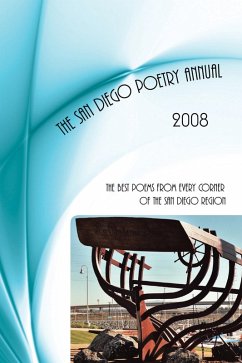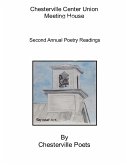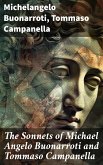The Annual Catalogue (1737) stands as a monumental literary compilation that captures the dynamic essence of early 18th-century publishing. This anthology, curated with meticulous attention by its editors, offers an expansive view into the cultural and intellectual currents of its time. A diverse array of writings, from incisive essays to reflective poetry, weaves a tapestry of thought that encapsulates the ethos of the year. With its range of genres and styles, The Annual Catalogue excels in highlighting notable works that emerged during this fertile period, providing readers with an unparalleled panorama of literary innovation. The editors, John Worrall and William Warner, bring together a distinguished cadre of writers, each contributing to the vibrant mosaic of ideas reflected in the anthology. These contributors, spanning various backgrounds and specialties, converge to explore thematic concerns that resonate with the period'Äôs social and philosophical discussions. Their collective expertise and engagement with burgeoning movements in literature and politics enrich the anthology, marking it as a significant artifact of the Enlightenment era. Readers of The Annual Catalogue (1737) are invited into a rich dialogue amongst varied perspectives, each offering a distinct vantage point on the year'Äôs literary landscape. This collection presents a rare entryway into the intellectual vigor of its time, making it an invaluable resource for those seeking both historical insight and literary appreciation. As readers immerse themselves in this anthology, they will gain a deeper understanding of the themes that have shaped and challenged the thinking across generations.
Dieser Download kann aus rechtlichen Gründen nur mit Rechnungsadresse in A, B, BG, CY, CZ, D, DK, EW, E, FIN, F, GR, H, IRL, I, LT, L, LR, M, NL, PL, P, R, S, SLO, SK ausgeliefert werden.

